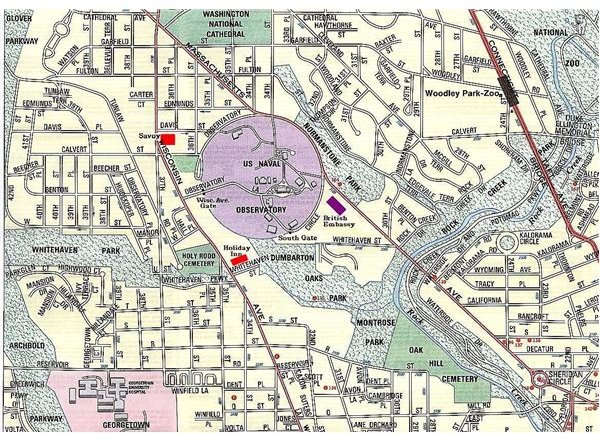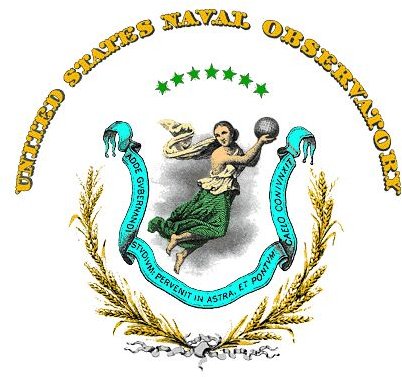Observatories of the World - United States Naval Observatory - USNO
The beginning
The United States Naval Observatory, or USNO, was one of the first scientific agencies established in the United States. In 1830, this body was established as the Depot of Charts and Instruments, and in 1842 it was made into a national observatory by a federal act. President John Quincy Adams had signed the bill creating the national observatory before leaving office. An avid astronomer himself, Adams spent significant time at the observatory watching and charting the stars.
Astronomer and U.S. Navy officer, James Melville Gilliss was put in charge of the observatory. At the time it was built in Foggy Bottom near the Lincoln Memorial, and it was one of few observatories in an urban area. However, at the time it was far from the light pollution that was created by the city center.
Navy Commander Matthew Fontaine Maury was the first superintendent of the Observatory, and he kept accurate time by charting the stars and planets. Accurate time was “broadcast” by raising a flag mechanically. Through the use of the telegraph, time was kept not only for the nation’s capital, but also for every state in the union. Combined with the use of railroad chronometers, the official time was used to schedule rail transport, and by the early 20th century, the Arlington Time Signal broadcast the service to wireless receivers. The USNO still serves as the official source of time for the U.S. Defense Department and the standard of time for the rest of the U.S. as well.
The Location
In 1893 the Naval Observatory was moved to its current location overlooking Massachusetts Avenue. The home of the Vice President of the United States has been located on the grounds of the USNO since 1974. The on-site James M. Gillis Astronomical Library holds one of the world’s most complete collections of astronomical literature.

Notable Events
A number of historical events have taken place at the USNO. In November 1913 the Paris Observatory used the Eiffel Tower as a giant antenna to exchange sustained wireless signals with the U.S. Naval Observatory via an antenna in Arlington, Virginia. This exchange determined the exact difference of longitude between the two institutions. On a completely different note, a May 2009 blog post by a Newsweek reporter claimed that Vice President Joe Biden had revealed the existence of the “secure, undisclosed location” that former Vice President Dick Cheney retreated to after the September 11, 2001 terrorist attacks - namely the USNO. Biden’s press office later denied the claims, saying that Biden had been describing another workspace altogether - but many believe that the USNO is exactly this “secure and undisclosed location”.
The Observatory Today - Missions and Services
Today’s USNO is a major authority in time-keeping and celestial tracking. It calculates and distributes the astronomical and timing data needed for accurate navigation and fundamental astronomy tasks, then distributes the information in the Astronomical Almanac, which contains catalogs of selected stellar and extragalactic objects. An explanatory supplement provides detailed analysis of the methods used in the Almanac. Until 1981, the British and the Americans created navigational almanacs, but at that time the two publications were combined into a publication called The Astronomical Almanac.
In addition to the almanac, the USNO maintains star catalogs and fundamental reference frames necessary for space astrometry. Astronomical data calculators and moon phases, rising and setting times, and other information are also kept by the USNO. It is also a source of daily, weekly, and long-term Earth observation products, Global Positioning Satellite (GPS)-based products, and other scientific information and software. The observatory’s web portal, https://www.usno.navy.mil has a number of resources for people who are interested in sky watching and weather data.
Among the data offered are sun and moon rising and setting times, moon phases, eclipses, seasons, and positions of solar system objects. A feature called “The Sky This Week” gives information about celestial configurations and other information of interest to astronomers and amateur sky watchers.

